6 Luglio 2020
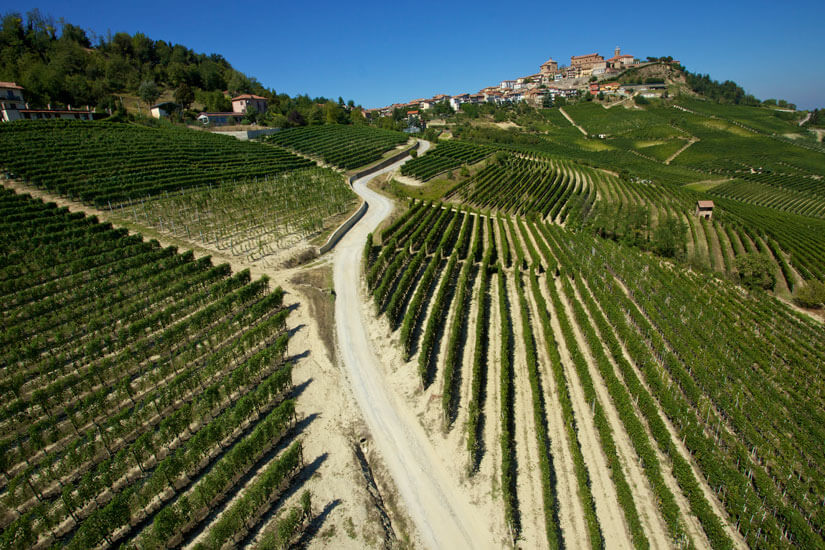
Roberto Voerzio: Barolo del Comune di La Morra 2016
Con il suo nuovo sito web BAROLOMGA360°, Alessandro Masnaghetti ha svelato la zona del Barolo DOCG e i suoi vigneti con vedute aeree a 360° sul paesaggio, corredate da foto, immagini illustrative e mappe in rilievo che sembrano destinate a rivoluzionare la cartografia delle zone vinicole del mondo.
Nei testi, Masnaghetti descrive la MGA (per Menzione Geografica Aggiuntiva) come un’area vitata più specifica delimitata ufficialmente all’interno della zona di produzione del Barolo DOCG. In parole povere, una MGA potrebbe essere vista come l’equivalente dei termini francesi cru o climat. Il sistema, in vigore dal 2010, si applica ora a 170 MGA ufficialmente riconosciute. A queste si aggiungono le 11 “menzioni comunali” che si applicano al Barolo prodotto da più di un vigneto MGA all’interno di un comune.
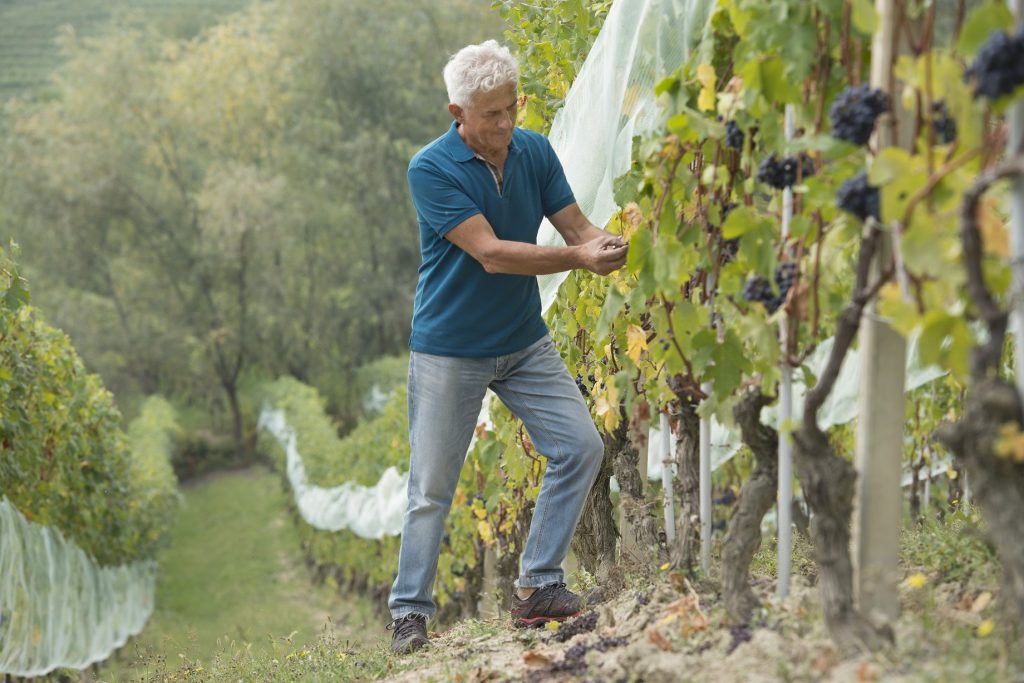
Il che ci porta a Roberto Voerzio e al suo Barolo del Comune di La Morra 2016. L’idea di dedicare un Barolo al Comune di La Morra gli era rimasta in testa per anni, dice Roberto, che nel corso dei decenni ha progressivamente acquisito appezzamenti sui pendii delle colline delle Langhe e li ha coltivati nel rigoroso rispetto della natura che definisce il suo concetto di vinificazione.
I suoi 25 ettari di vigneto, principalmente nel comune di La Morra, comprendono siti da tempo noti per l’eccellenza del Barolo, come Brunate, Cerequio, Rocche dell’Annunziata e Sarmassa di Barolo, più alcuni appezzamenti meno noti, come La Serra, Fossati e Case Nere, che Roberto ha personalmente elevato a livelli che dall’altra parte delle Alpi sarebbero riconosciuti nelle migliori categorie di cru.
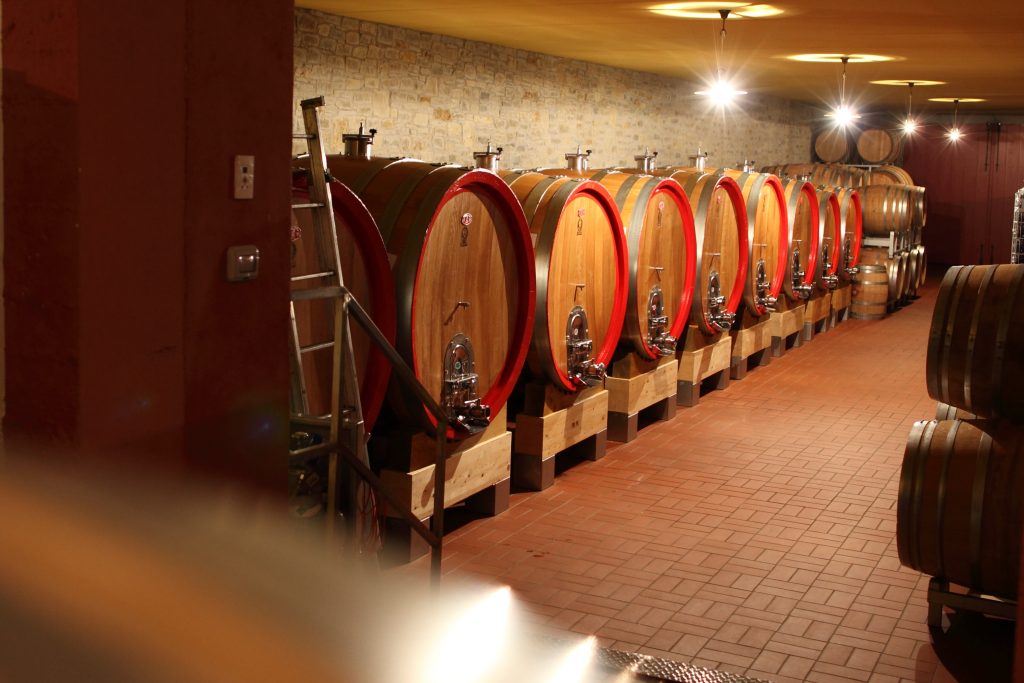
Oltre al Barolo, l’azienda produce Barbera d’Alba, Dolcetto d’Alba e Langhe Nebbiolo, tutti da singolo vigneto. Attingendo alla sua vasta conoscenza della natura e delle sfumature dei vari terroir, Roberto ha deciso di riunire il tutto in un Barolo che trasmetta lo spirito e l’anima di La Morra. E così, con il sostegno entusiasta di Cesare Turini di Heres, è stato concepito il Barolo del Comune di La Morra 2016.
Il vino deriva da uve Nebbiolo per circa due terzi da La Serra, Fossati e Case Nere, e per l’altro terzo da Boiolo, una MGA a lungo trascurata, i cui vini mostrano qualità simili alle adiacenti Brunate e Rocche dell’Annunziata. Roberto insiste, tuttavia, sul fatto che il suo obiettivo non è stato quello di replicare i suoi celebrati cru -monumenti di statura e di potenziale di invecchiamento con prezzi correlati- ma di creare un vino di maggiore accessibilità e più immediato appeal che si presenta tuttavia come un Barolo a pieno titolo.
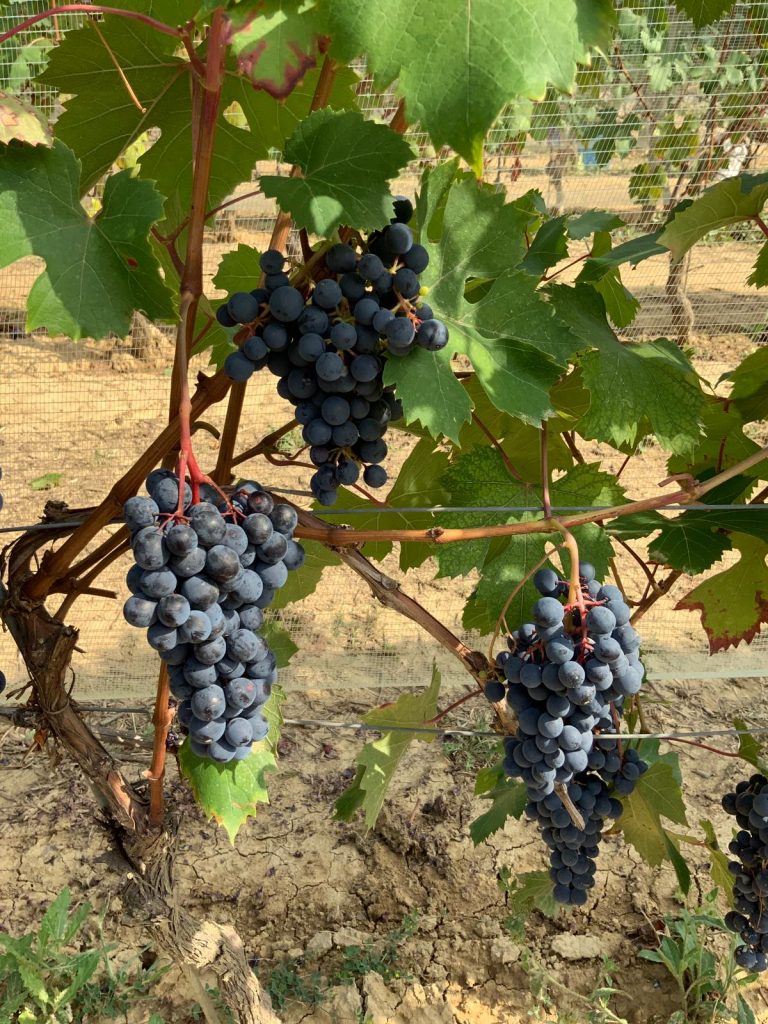
Quando ho accennato che questa scelta sembrava suggerire un cambio di metodo nello stile di vinificazione, Roberto mi ha subito fermato con un secco “i miei vini sono fatti in vigna”, ma ha precisato che, mentre i suoi migliori cru di Barolo provengono da viti che producono 500 grammi di uva per pianta, per il Comune di La Morra ha aumentato la resa a un chilogrammo di uva per vite. L’altra differenza principale è che il Barolo Comune passa meno tempo a maturare in legno.
Il risultato è un vino con essenzialmente le stesse caratteristiche aromatiche e gustative dei suoi cru di Barolo, ma con un colore più brillante, tannini più morbidi e un corpo e una struttura più agili e aggraziati . Nel mio entusiasmo, mi sono spinto a dire che mostrava una voluttà che richiama la Borgogna.
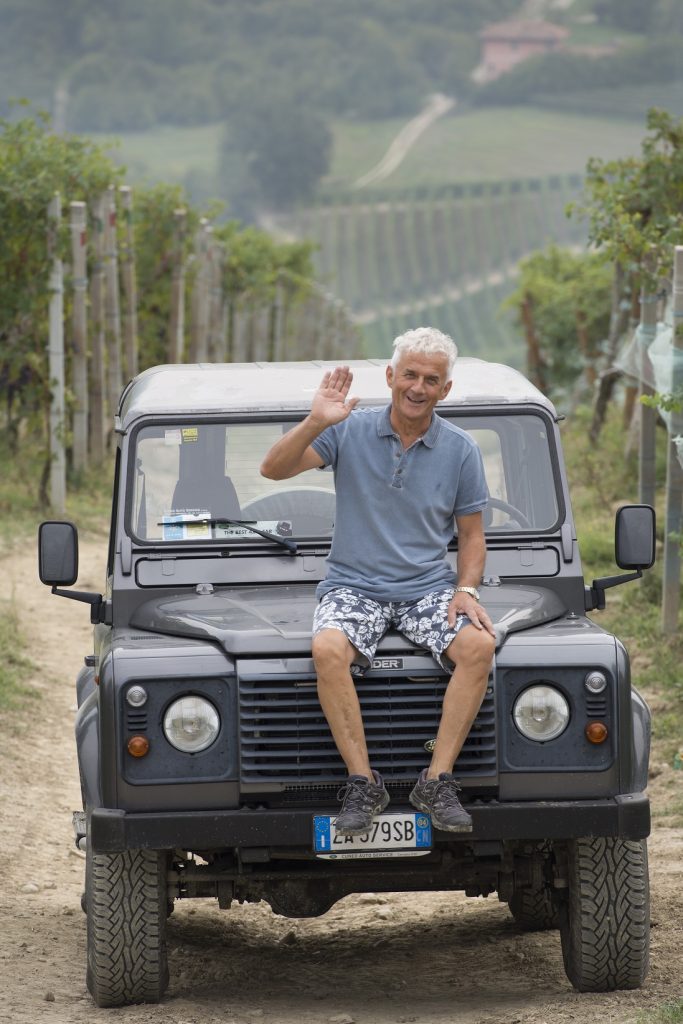
Beh, ha detto Roberto, è un Barolo fino in fondo, ma capisco dove vuoi arrivare. Ha sottolineato la maggiore versatilità con i cibi rispetto a un Barolo classico, nominando alcuni piatti piemontesi normalmente abbinati a rossi più leggeri. Tra questi la carne cruda, i tajarin con tartufi, il fritto misto piemontese e il vitello tonnato. Ha aggiunto che si sposa sorprendentemente bene con molti piatti provenienti da tutta Italia e non solo con i soliti secondi piatti e carrello dei formaggi.
Per esempio?
“Ebbene”, ha detto Roberto, “a Viareggio l’abbiamo bevuto di recente con un pranzo che era interamente a base di pesce. E sai cosa? Ci ha lasciati sbalorditi”.
Roberto Voerzio: Barolo del Comune di La Morra 2016
With his new website BAROLOMGA360°, Alessandro Masnaghetti has illuminated the Barolo DOCG zone and its vineyards with aerial views sweeping over the landscape at 360° complemented by photos, illustrative images and relief maps that seem certain to revolutionize the charting of the world’s wine zones.
In the texts, Masnaghetti describes MGA (for Menzione Geografica Aggiuntiva) as referring to an officially defined vineyard area within the production zone of Barolo DOCG. Simply put, an MGA might be seen as the equivalent of the French terms cru or climat. The system, in effect since 2010, now applies to 170 officially recognized MGAs. To these must be added the 11 “communal mentions” applying to Barolo made from more than one MGA vineyard within a commune.
Which brings us to Roberto Voerzio and his Barolo del Comune di La Morra 2016. The idea of dedicating a Barolo to the commune of La Morra had been floating in his mind for years, says Roberto, who, over the decades, has gradually acquired plots on slopes of the Langhe hills and cultivated them with the rigorous respect for nature that defines his concept of winemaking.
His 25 hectares of vineyards, primarily in the commune of La Morra, include sites long noted for outstanding Barolo, such as Brunate, Cerequio, Rocche dell’Annunziata and Sarmassa di Barolo, plus a number of lesser known plots, such as La Serra, Fossati and Case Nere, that he’s personally elevated to levels that on the other side of the Alps would be recognized in the top categories of crus.
Beyond Barolo, Roberto produces Barbera d’Alba, Dolcetto d’Alba, and Langhe Nebbiolo—all carrying the names of single vineyards. Drawing on his vast knowledge of the nature and nuances of the various terroirs, he made up his mind to bring it all together in a Barolo that conveys La Morra spirit and soul. With the enthusiastic support of Cesare Turini of Heres, Barolo del Comune di La Morra 2016 was conceived.
The wine derives from Nebbiolo grapes, about two-thirds coming from La Serra, Fossati and Case Nere, and the other third from Boiolo, a long neglected MGA whose wines show quality similar to the adjacent Brunate and Rocche dell’Annunziata. Roberto insists, however, that his aim was not to replicate his vaunted crus—monuments of stature and aging potential with prices to match—but to create a wine of greater accessibility and more immediate appeal that still stands as a full-fledged Barolo.
When I suggested that this might involve a change in winemaking style, Roberto stopped me short. “My wines are made in the vineyards,” he said. But he did concede that, whereas his top cru Barolos come from vines that yield 500 grams of grapes per plant, for the Comune di La Morra he upped the yield to a kilogram of grapes per vine. The main other difference is that the Comune Barolo spends less time maturing in barrels.
The result is a wine with the same essential aroma and flavor characteristics of his cru Barolos, but with brighter color, softer tannins and more supple and graceful body and texture. In my enthusiasm, I went so far as to say that it showed a voluptuousness that had something “Burgundian” about it.
Well, said Roberto, it’s a Barolo through and through, but I understand what you’re getting at. He noted that it shows much greater versatility with foods than a classic Barolo, naming some Piedmontese dishes normally matched with lighter reds. Among them carne cruda, tajarin con tartufi, fritto misto piemontese and vitello tonnato. He added that it goes surprising well with many dishes from all over Italy and not just the usual meats and cheeses.
For instance?
“Well,” said Roberto, “in Viareggio recently we drank it through a meal that was entirely seafood. And you know what? It just blew us away.”